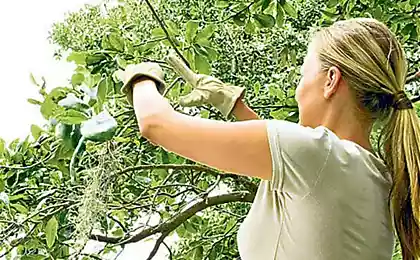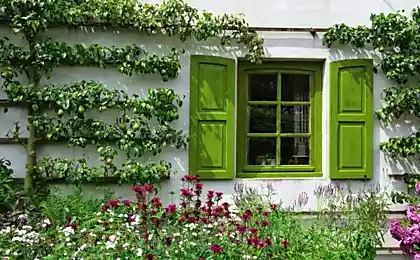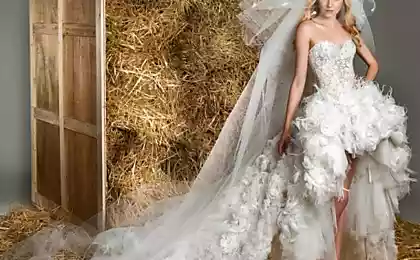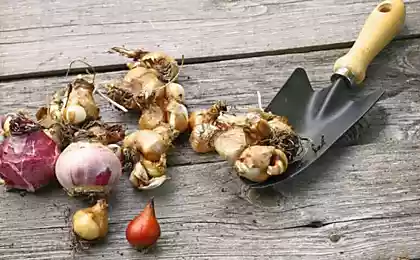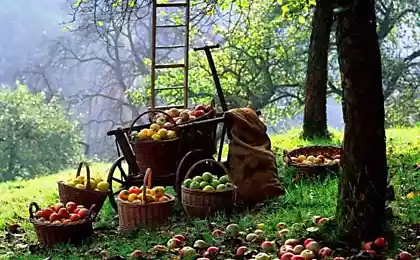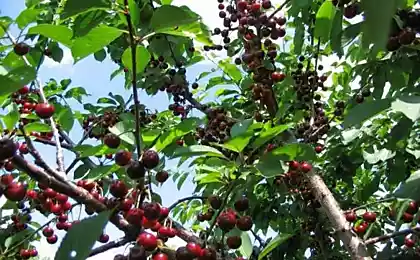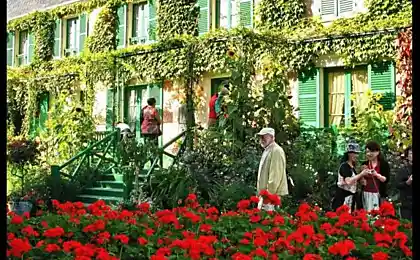202
How to deal with fruit trees in the spring
Once nature begins to awaken from its winter sleep, it is time to do a range of gardening work. Spring processing of fruit trees and shrubs includes spraying, whitewashing and, if necessary, grafting of adult plants.
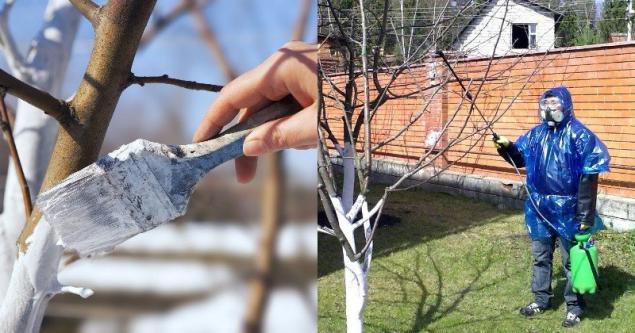
It happens that a tree planted on the site does not please the taste of the fruits, the timing of their ripening or yield. At the same time, it is not necessary to cut it, buy a new young seedling and wait 5-6 years for it to grow.
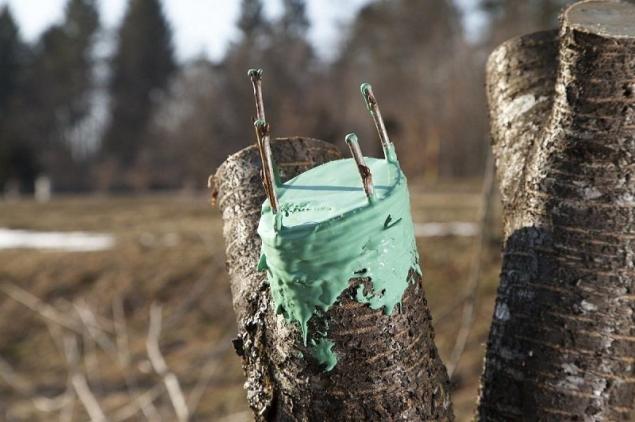
It is enough to have only a small appendix, a cutting of a tree whose fruit you have tasted and seen it grow successfully and bear fruit with friends, neighbors or more experienced gardeners. And then, as they say, it is a matter of technology.
The graft grows very quickly and begins to bear fruit much faster than new seedlings. Such an operation also allows you to significantly increase the diversity on your land, because several different varieties can be grafted on one tree at the same time.
Want to learn how to plant fruit trees? Then start with the simplest vaccination - for the bark. This operation is performed during the period of active juice movement (mid-March – early April), does not require special skills and is often obtained even by beginner gardeners.
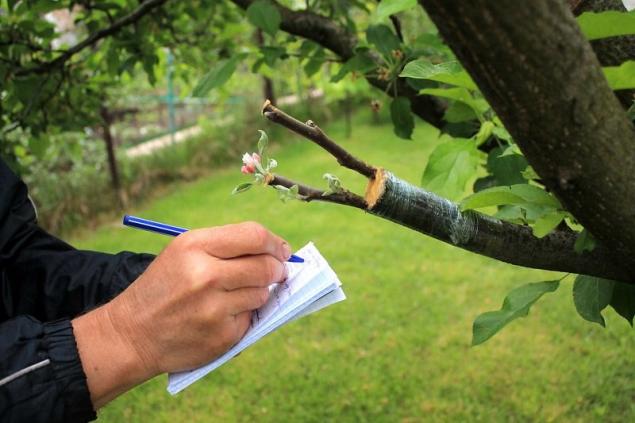
As a rootstock (a plant on which the cutting is engrafted), it is better to choose trees older than 2-3 years, but younger than 10. The crop (cuts) should be taken from trees that are tested for grade and yield.
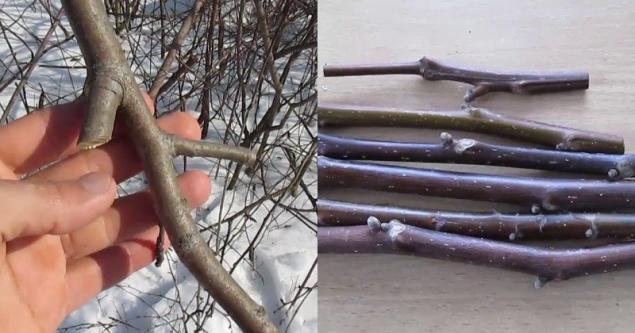
Preparation of branches for vaccination begins in autumn after the onset of the first frosts. Cuts are cut from the growth of the current year, taken from the south side of the tree.
Their length is from twenty to thirty centimeters. The flush is placed in a cold place to keep the kidneys dormant.
You'll need it.
Status of work
It is not necessary to combine winter and summer varieties on one tree. It is better to choose close to maturity. Also, you should not graft more than 3 varieties on one tree - in the future it will be difficult to determine the maturity of the fruit.
You can determine how the vaccine was vaccinated after 2-3 weeks. If the vaccination was successful, the kidneys will noticeably swell on the cutting.
If such changes did not occur, then the cutting did not take root. Don’t worry, the procedure can be repeated in a year. In the meantime, take out the uninhabited cutting and smear the slices with garden brew.
After vaccination, the tree should be given special attention.
Now you know, How to properly plant fruit trees. If you do everything according to the instructions, then in 2-3 years the grafted trees will please you with their fruits.
Gardener-expert: “Do the leaves rotate on the apple tree and pear?” I know the reason! Why the leaves dry and twist, how to find the culprit and cope with the problem in time to save the garden.
We tell you how to update the landscape design in the country with your own hands, so that it was pleasant to see. It doesn’t have to be expensive, just roll up your sleeves and plant some beautiful plants.
In ancient times, people noticed that the neighborhood of vegetables with some plants can significantly increase their yield, and with others - can ruin the crop at the root. Find out what companion plants can be placed on your beds.

It happens that a tree planted on the site does not please the taste of the fruits, the timing of their ripening or yield. At the same time, it is not necessary to cut it, buy a new young seedling and wait 5-6 years for it to grow.

It is enough to have only a small appendix, a cutting of a tree whose fruit you have tasted and seen it grow successfully and bear fruit with friends, neighbors or more experienced gardeners. And then, as they say, it is a matter of technology.
The graft grows very quickly and begins to bear fruit much faster than new seedlings. Such an operation also allows you to significantly increase the diversity on your land, because several different varieties can be grafted on one tree at the same time.
Want to learn how to plant fruit trees? Then start with the simplest vaccination - for the bark. This operation is performed during the period of active juice movement (mid-March – early April), does not require special skills and is often obtained even by beginner gardeners.

As a rootstock (a plant on which the cutting is engrafted), it is better to choose trees older than 2-3 years, but younger than 10. The crop (cuts) should be taken from trees that are tested for grade and yield.

Preparation of branches for vaccination begins in autumn after the onset of the first frosts. Cuts are cut from the growth of the current year, taken from the south side of the tree.
Their length is from twenty to thirty centimeters. The flush is placed in a cold place to keep the kidneys dormant.
You'll need it.
- A well sharpened (this is important!) vaccine knife
- garden cover (garden brew, olifa, oil paint)
- stripper
- binding material (insulation)
Status of work
- Prepare the flux first. If you want to graft the whole tree, cut it at a height of 70 to 100 centimeters from the ground, and if you plan to graft individual branches, cut them at a distance of 20-40 centimeters from the trunk. Clean the foam to form a smooth, flat surface.
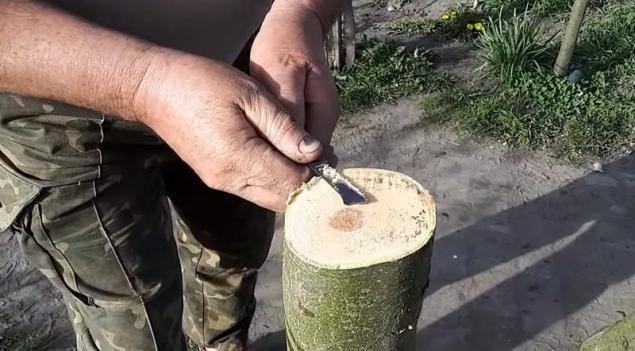
- Make neat vertical incisions 4 centimeters long in the bark - cuttings will be implanted in them. The bone of the garden knife separates the bark from the wood. If the diameter of the rootstock is large enough, you can make several cuts and graft 2-4 cuttings.
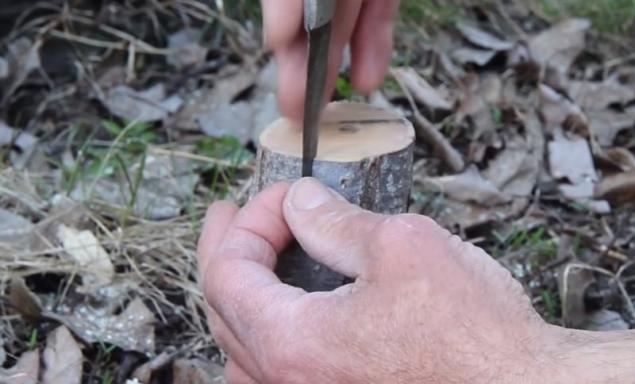
Use only special ones. vaccineknife. A dining, pen or army knife is categorically not suitable due to the features of sharpening. Rub the blade with alcohol before work.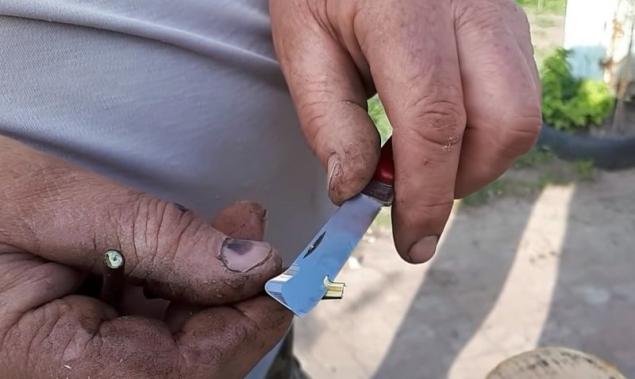
- Stupid side of the knife (or bone) carefully separate the bark and make a "pocket" - a cutting will be inserted here.
- Cut the graft into cuttings 10-15 centimeters long (each of them should have 2-3 well-developed kidneys).
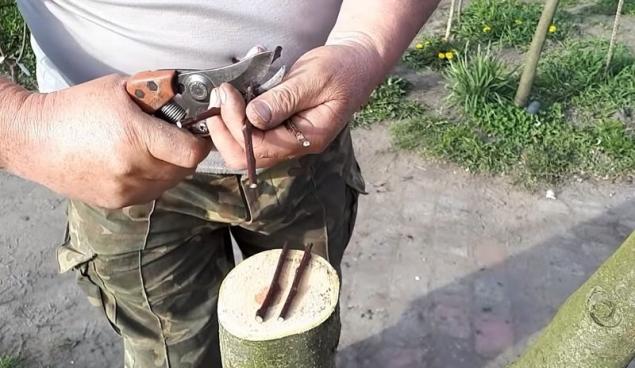
- Below on the cutting make an oblique cut 3-4 cm long.
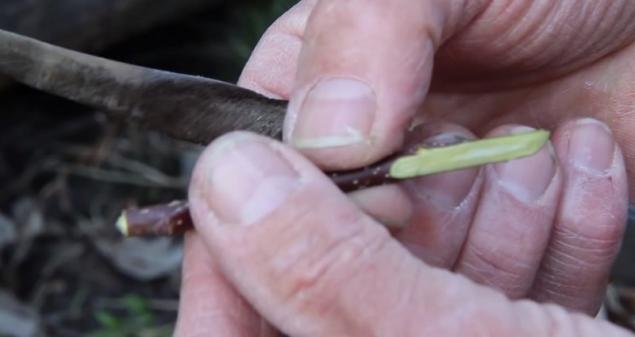
- Insert the cutting behind the bark of the stock so that a few millimeters of its cut protrude over the cutting of the branch (trunk). It is very important to monitor the coincidence of the cambium (greenish layer between bark and wood) in the stocking and pickling.
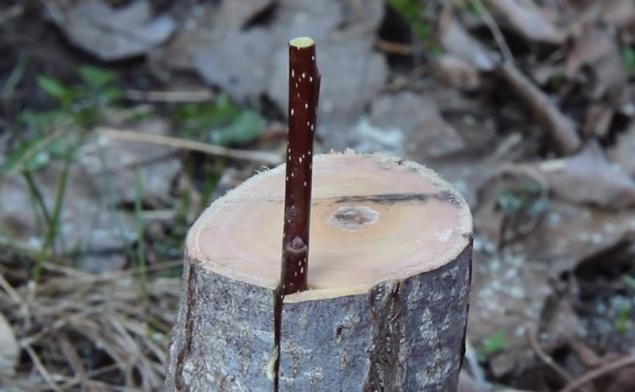
- Isolate the vaccination site with tape, and then tie it tightly with twine.
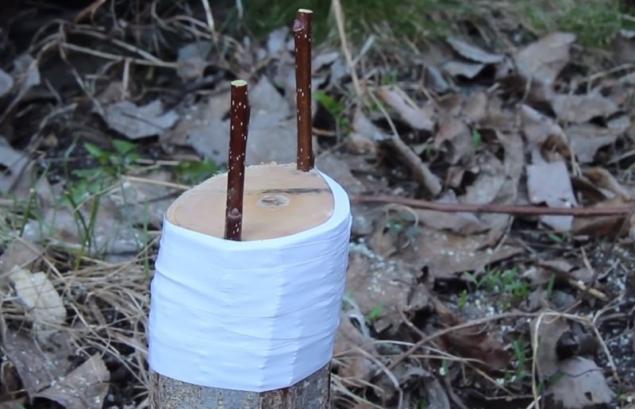
- All places of the saws and edges of the bark should be coated with garden brew so that the vaccination does not dry up.
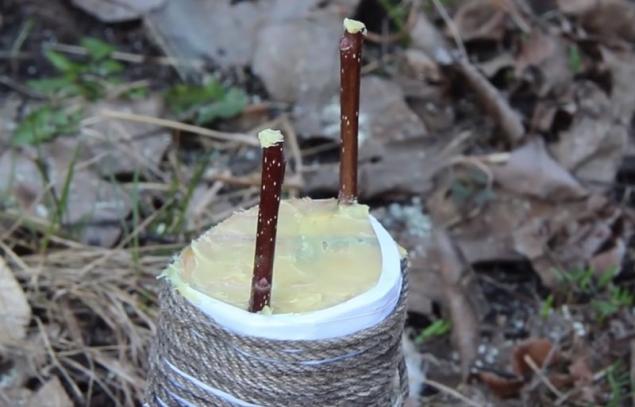
It is not necessary to combine winter and summer varieties on one tree. It is better to choose close to maturity. Also, you should not graft more than 3 varieties on one tree - in the future it will be difficult to determine the maturity of the fruit.
You can determine how the vaccine was vaccinated after 2-3 weeks. If the vaccination was successful, the kidneys will noticeably swell on the cutting.
If such changes did not occur, then the cutting did not take root. Don’t worry, the procedure can be repeated in a year. In the meantime, take out the uninhabited cutting and smear the slices with garden brew.
After vaccination, the tree should be given special attention.
- It is important to protect the vaccine from strong winds. To do this, tie the twig to the support.
- If the summer turned out to be hot, you need to protect the vaccination from the sun (for example, wrap the cutting with a cloth).
- In the first year, the plant is not ready for open wintering. Therefore, before the onset of frost, it must be wrapped in a bag.
- Wild growth, which will form on the stock, must be cut off. Otherwise, all the nutrients will go to her, and the grafted branch of nutrition will be lacking.
- A grafted tree requires more frequent watering. It is carried out as the upper layer of the soil of the trunk circle dries.
- Young vaccinated shoots, if they take root, grow quickly. To stimulate the growth of the crown, in the first year it is necessary to trim the tops of fast-growing branches.
Now you know, How to properly plant fruit trees. If you do everything according to the instructions, then in 2-3 years the grafted trees will please you with their fruits.
Gardener-expert: “Do the leaves rotate on the apple tree and pear?” I know the reason! Why the leaves dry and twist, how to find the culprit and cope with the problem in time to save the garden.
We tell you how to update the landscape design in the country with your own hands, so that it was pleasant to see. It doesn’t have to be expensive, just roll up your sleeves and plant some beautiful plants.
In ancient times, people noticed that the neighborhood of vegetables with some plants can significantly increase their yield, and with others - can ruin the crop at the root. Find out what companion plants can be placed on your beds.









